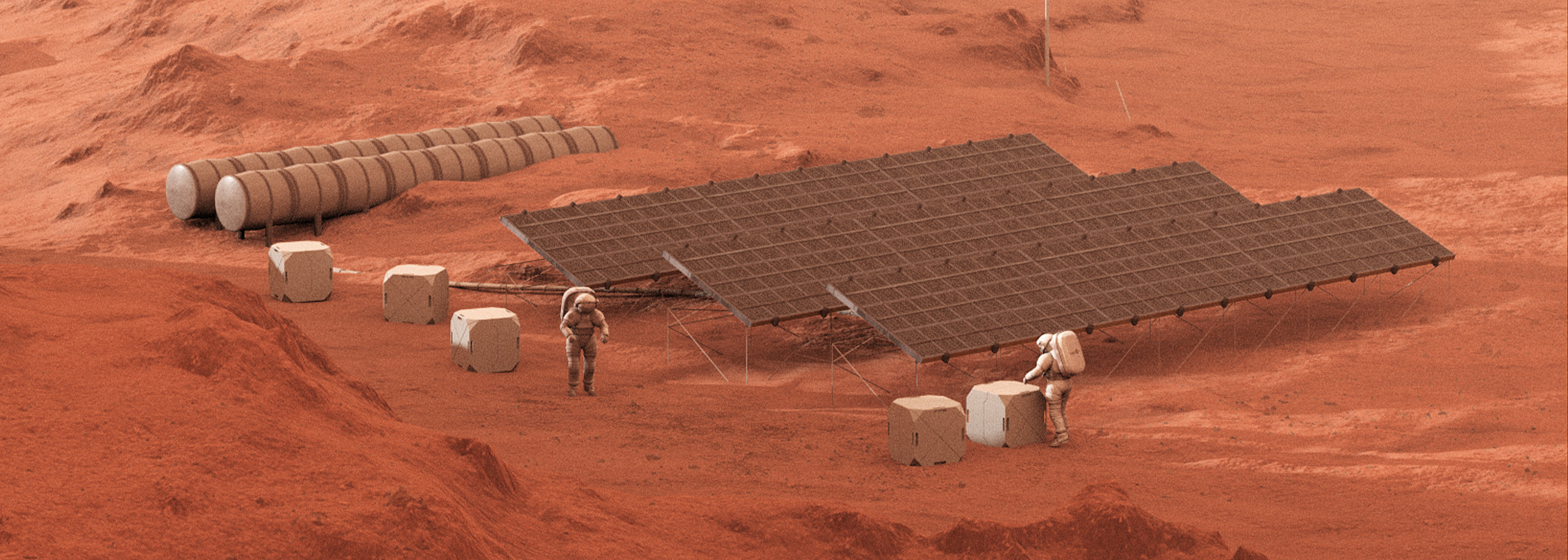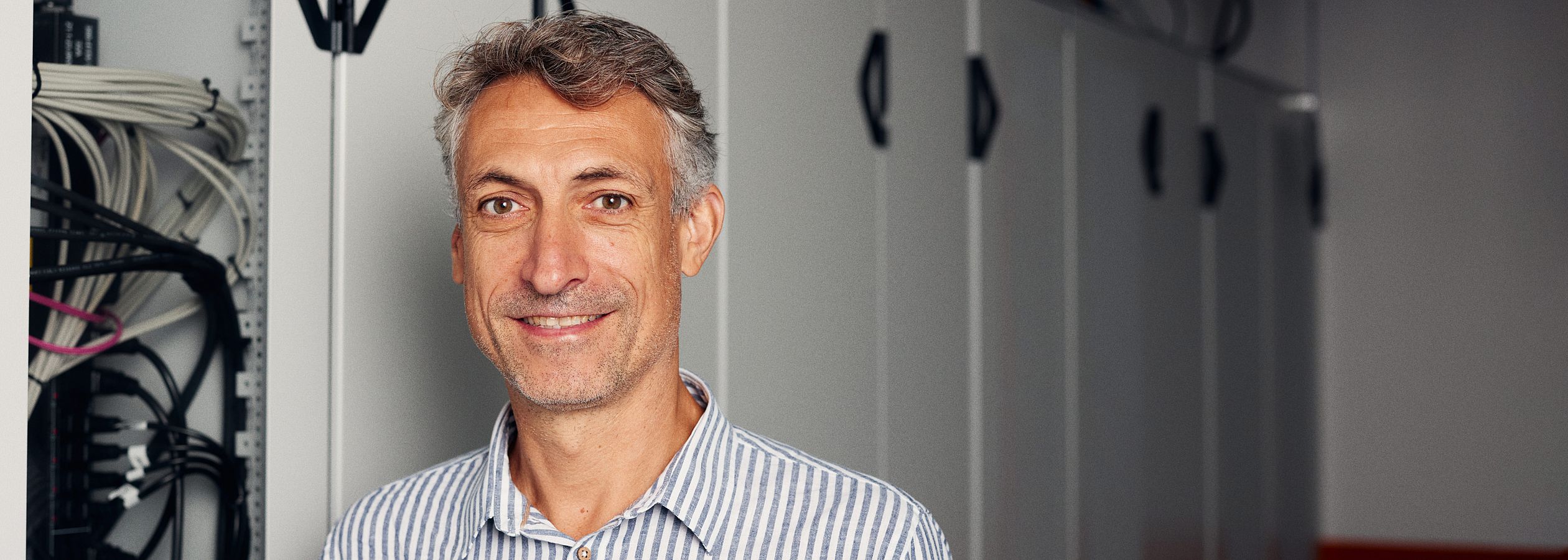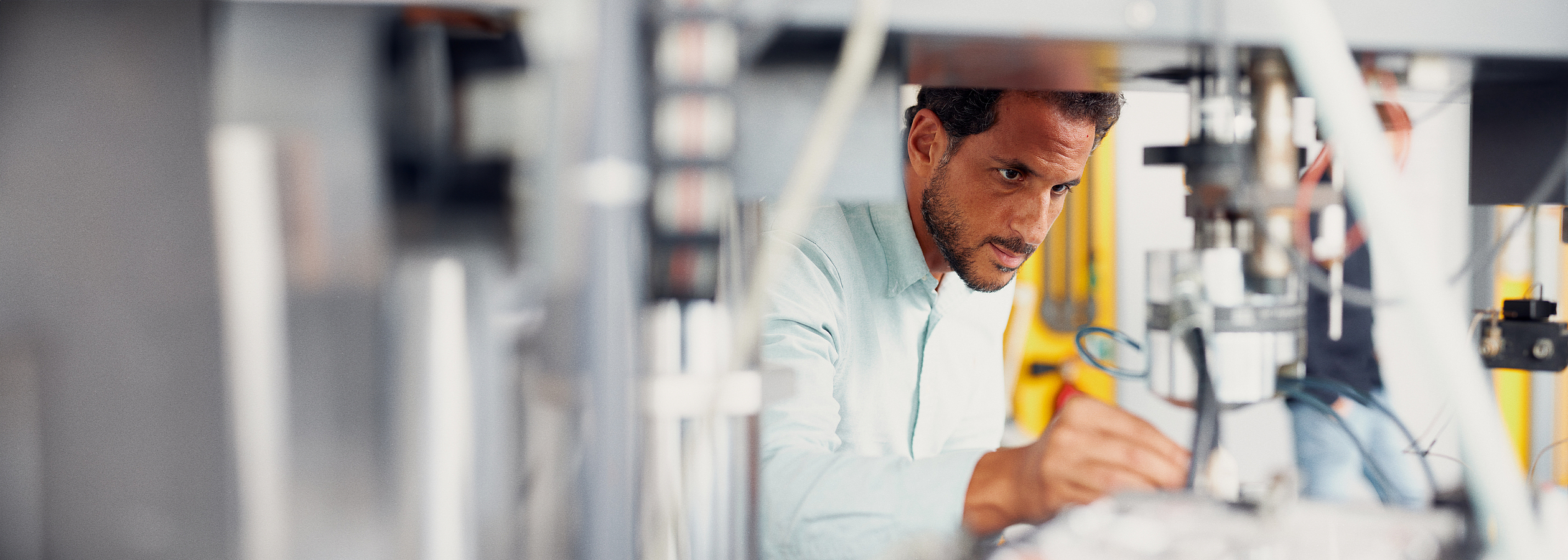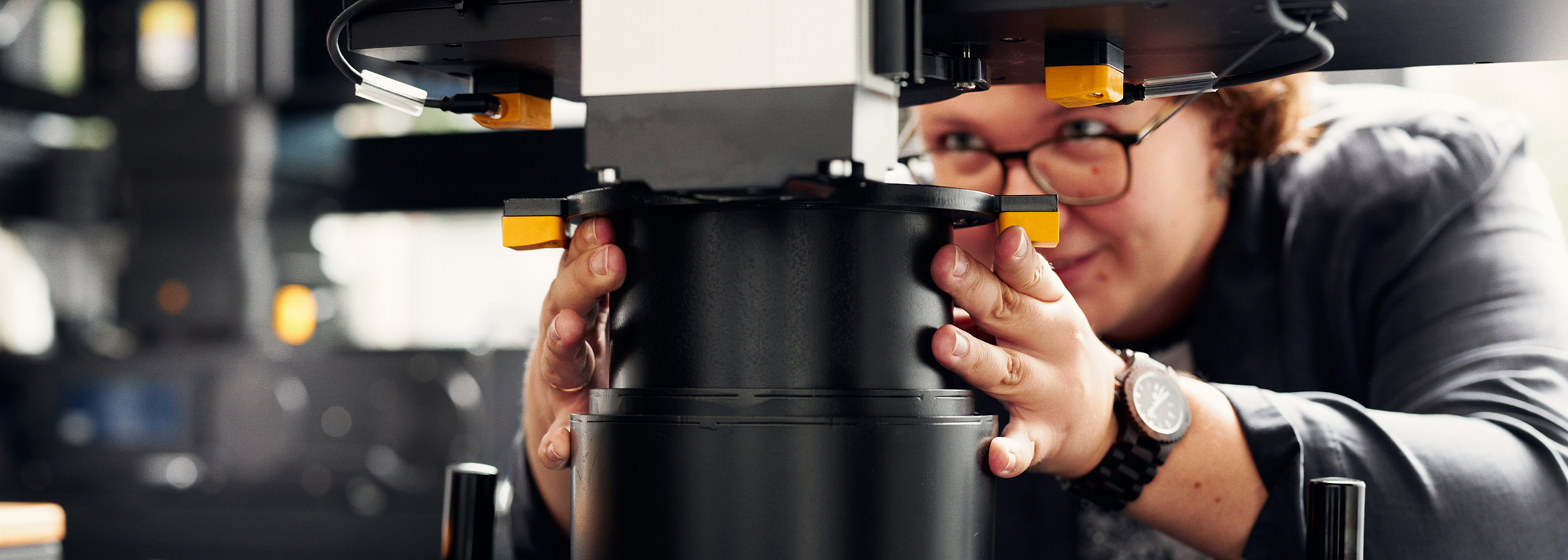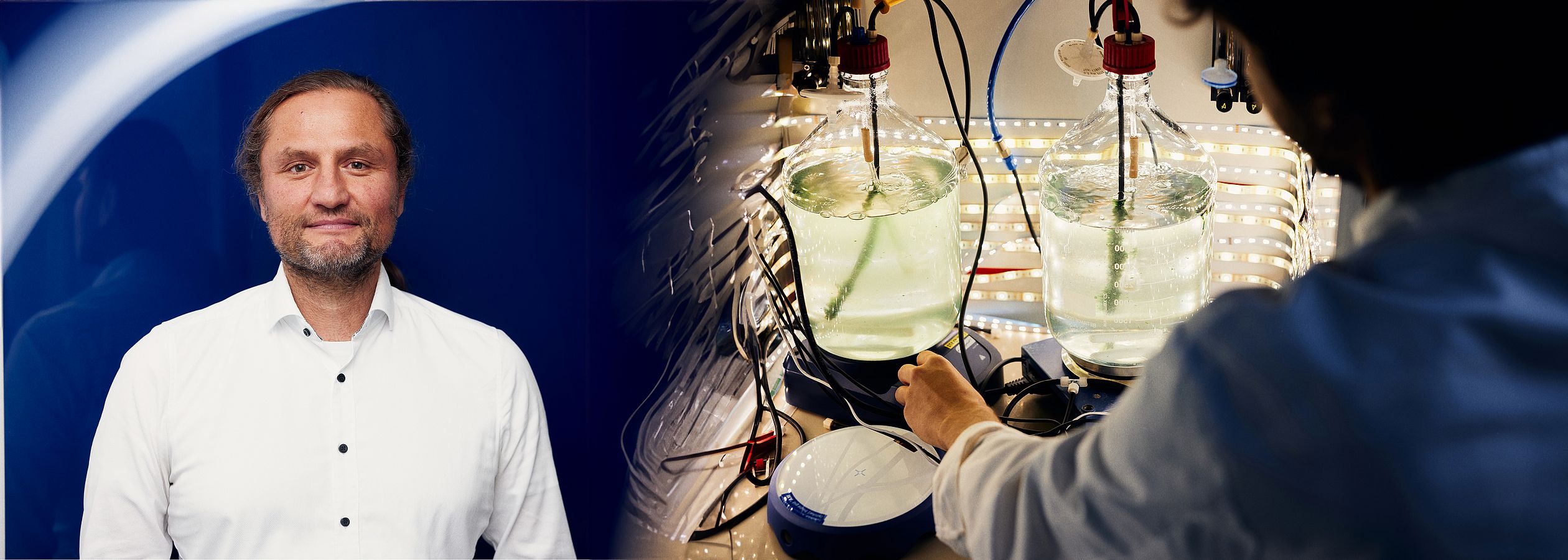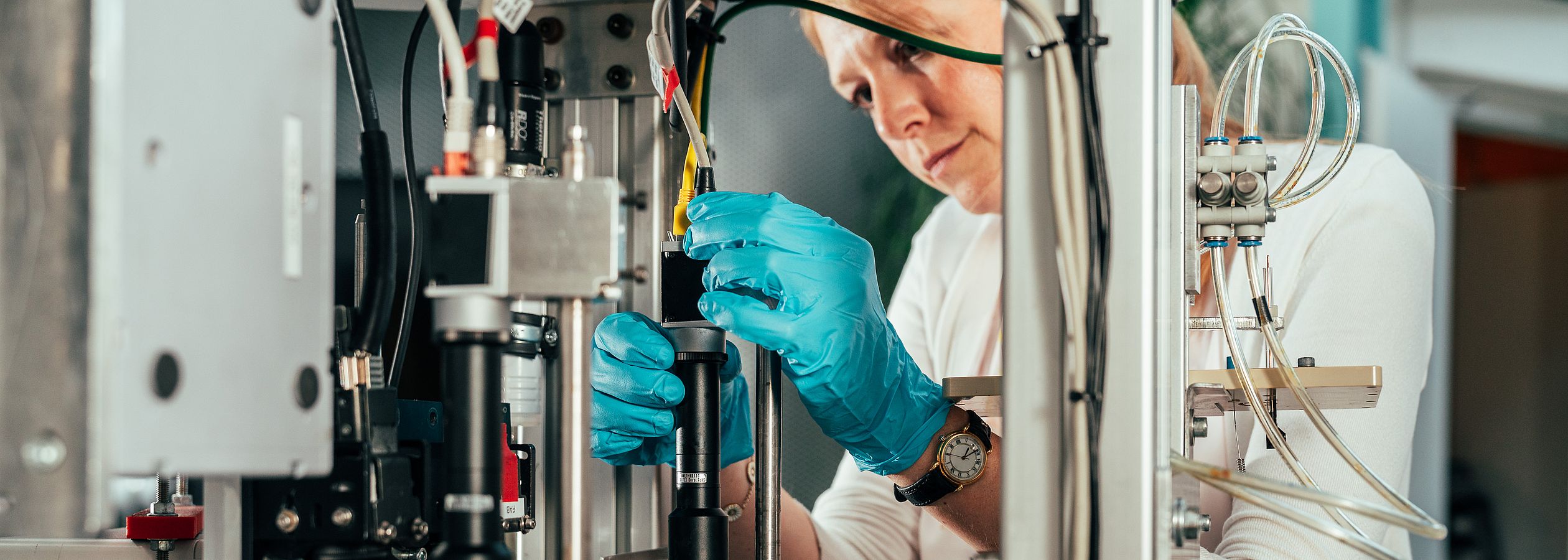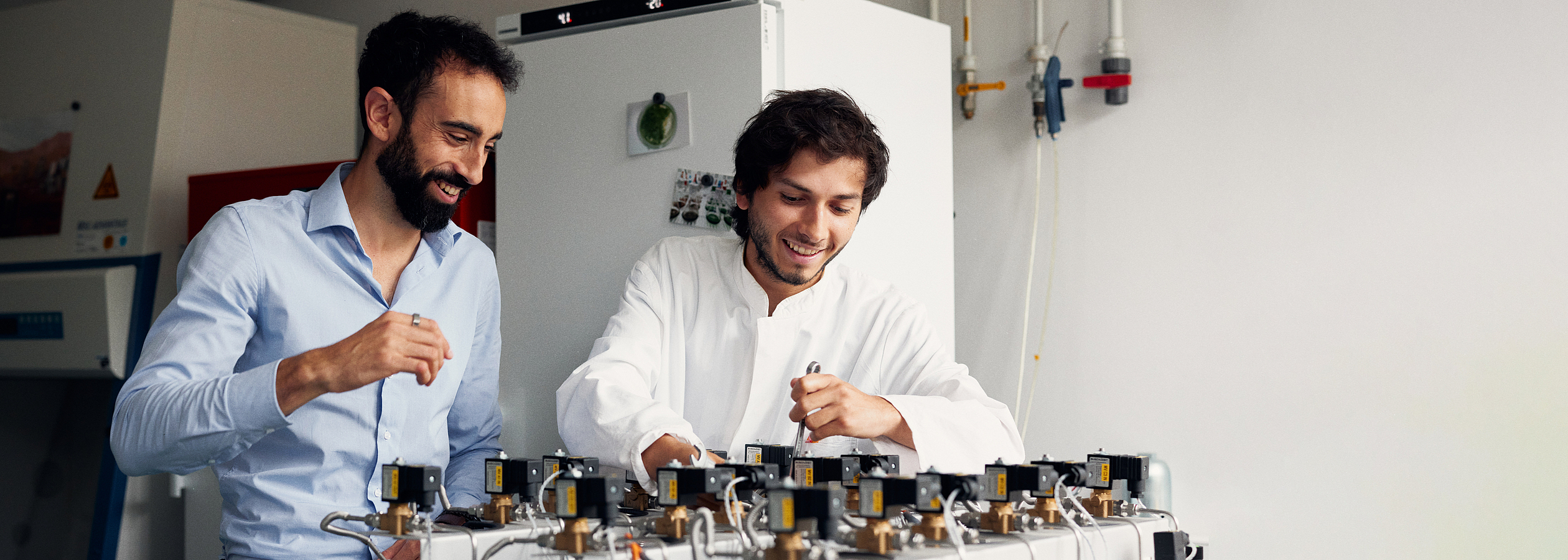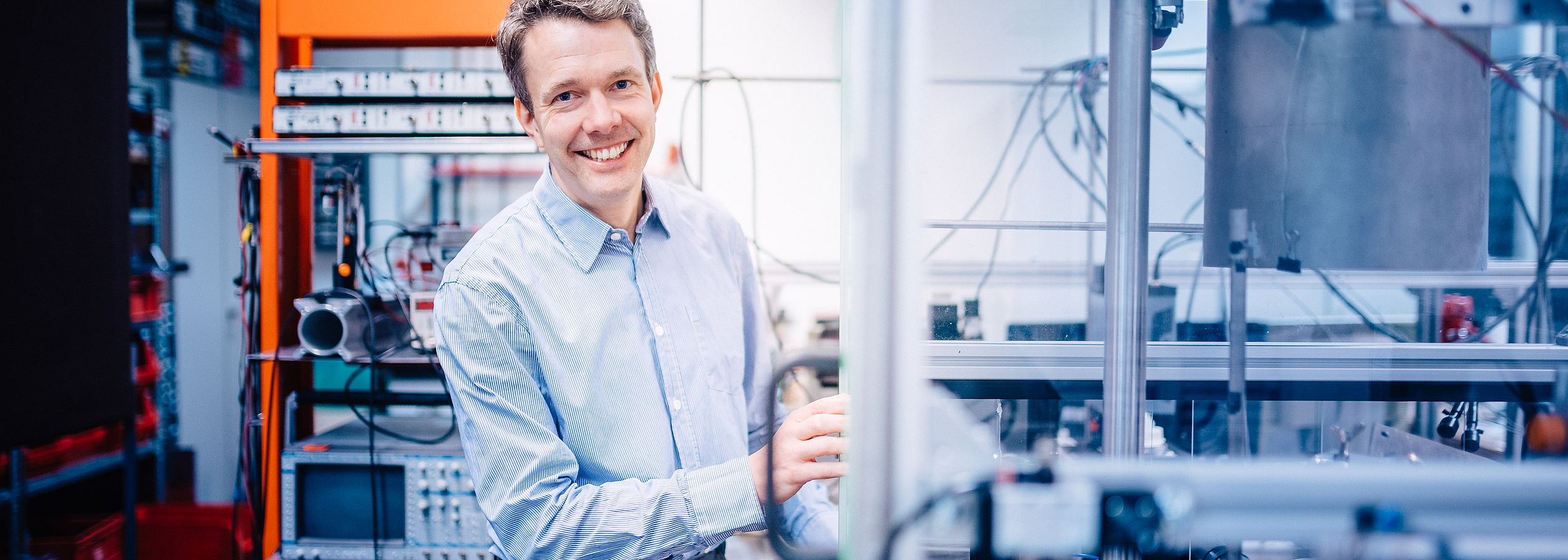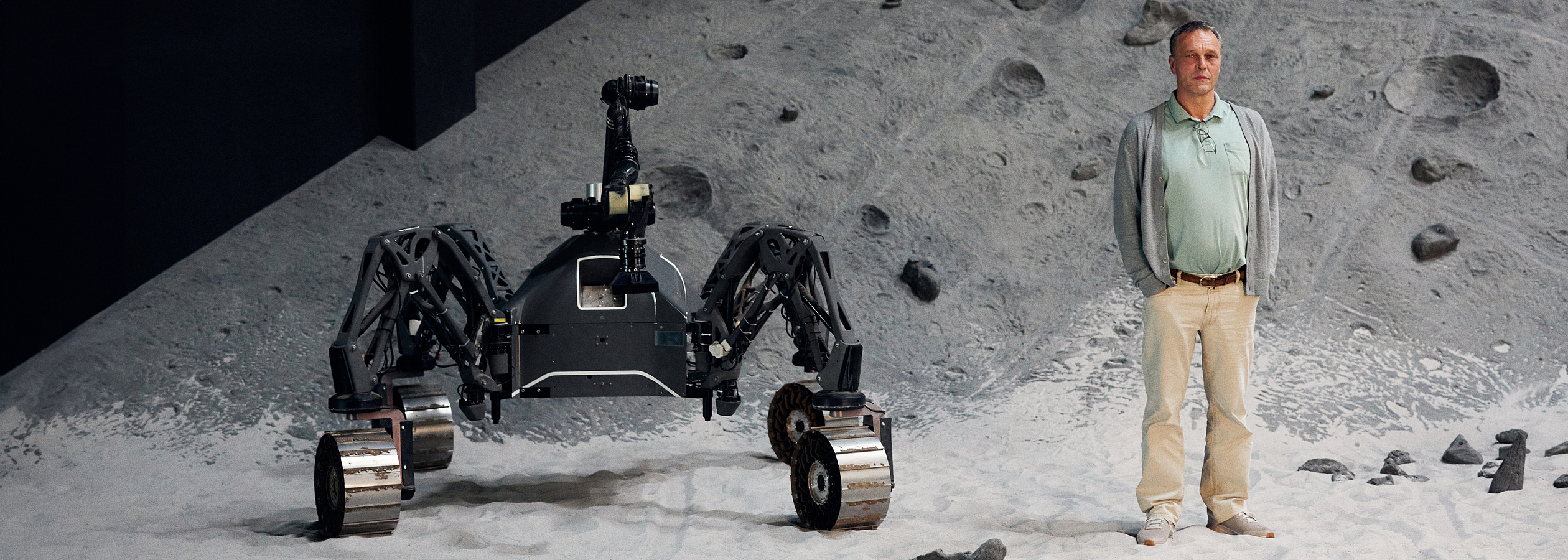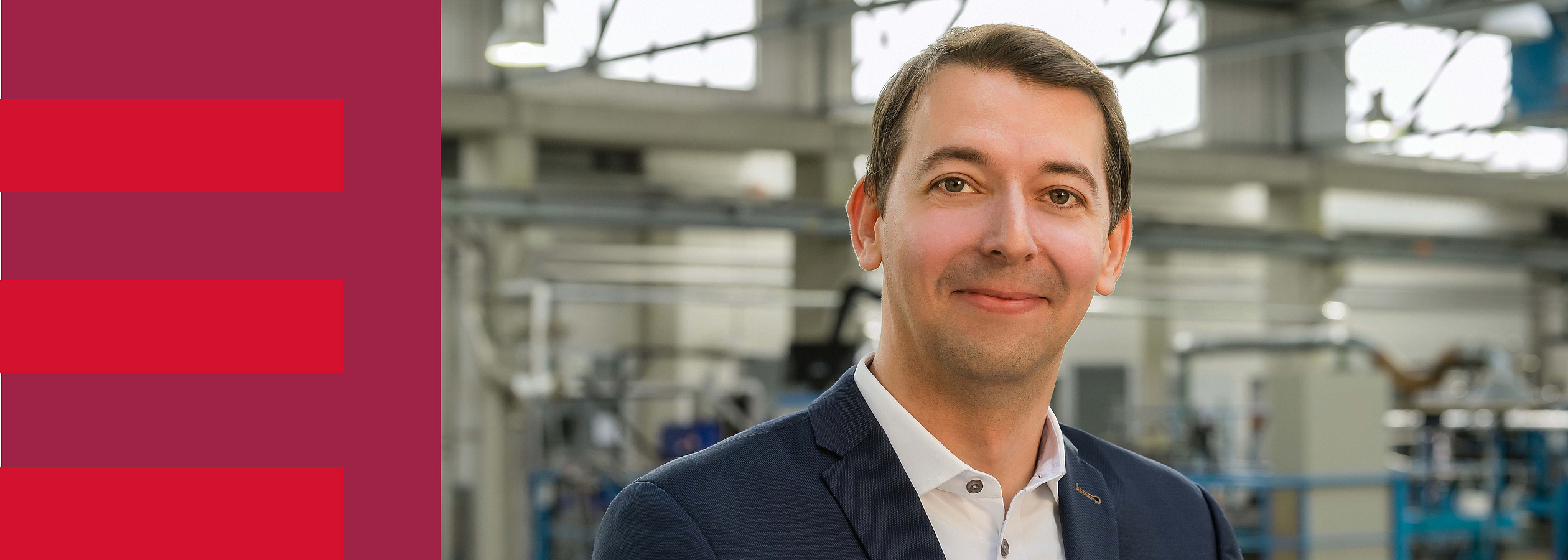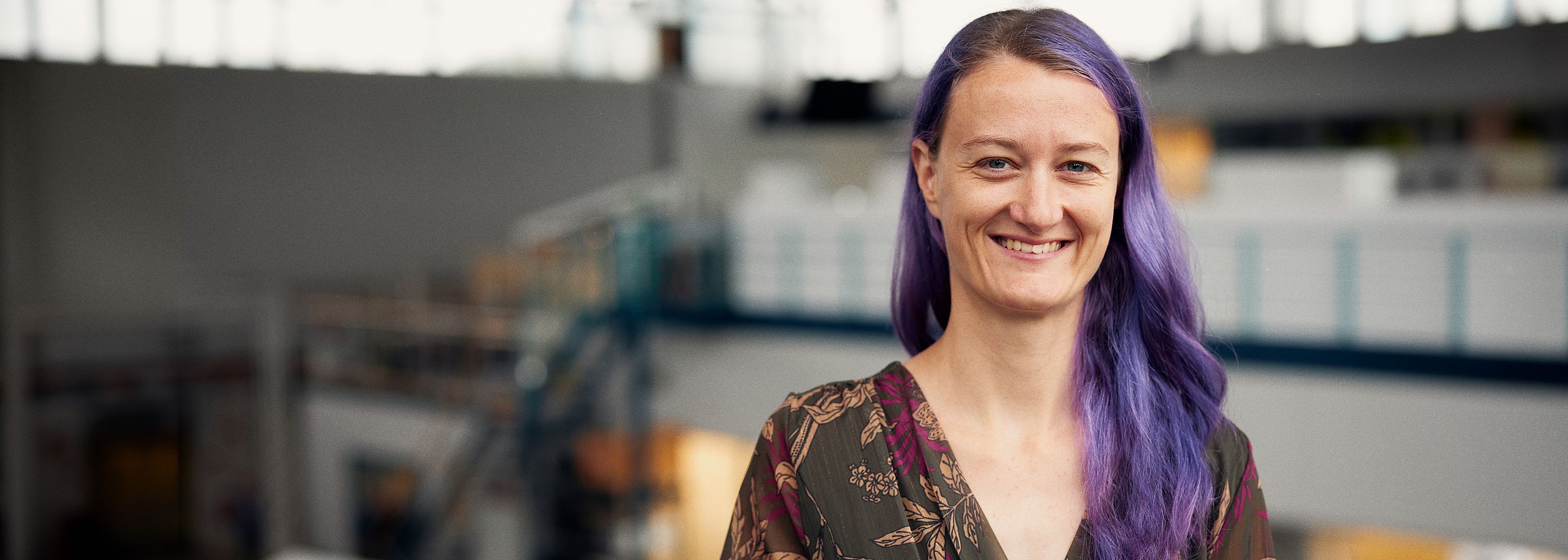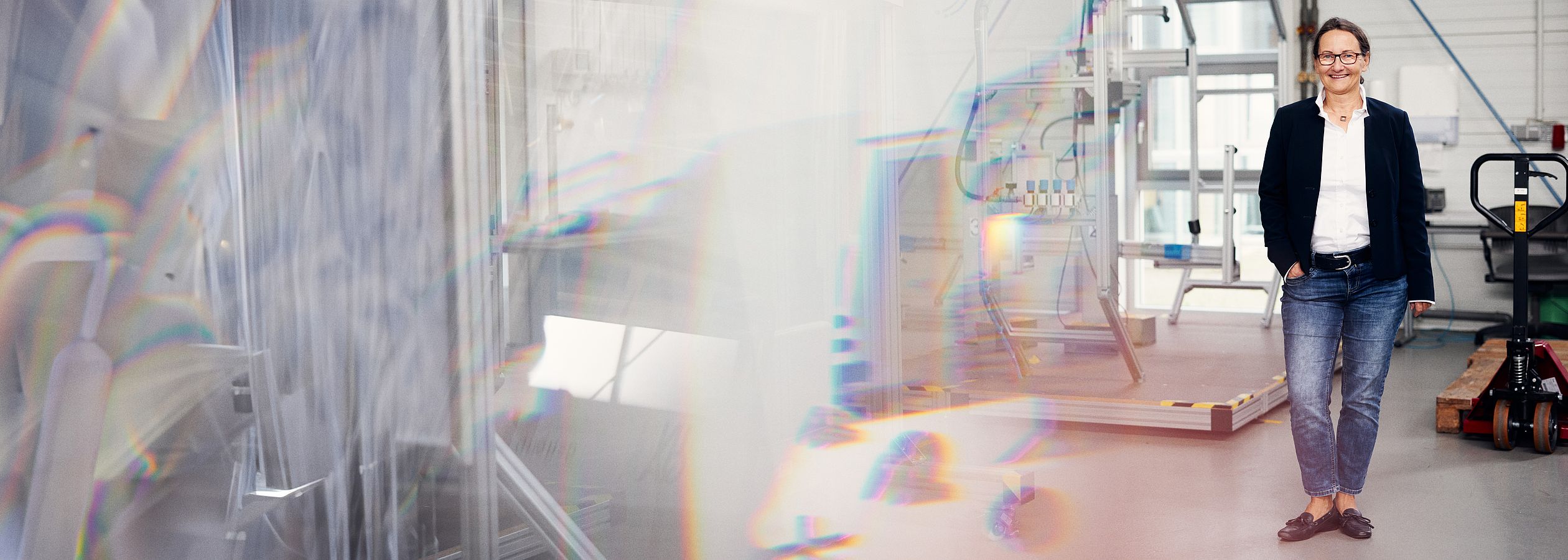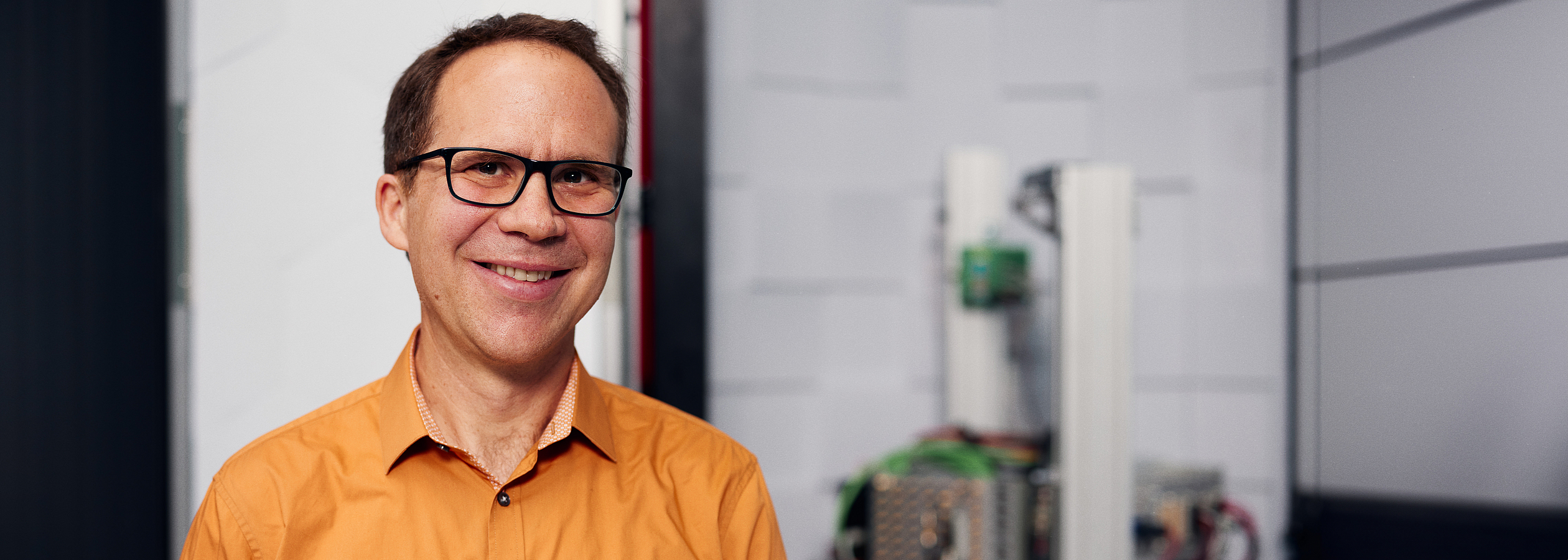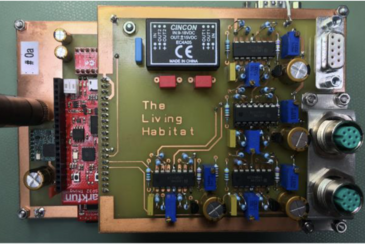Paul Große Maestrup, Ksenia Appelganc, Saurabh Band, Florian Stechmann, Vera Hagemann, Anna Förster, Cyprien Verseux, Christiane Heinicke
52nd International Conference on Environmental Systems (2023)
online: https://ttu-ir.tdl.org/bitstream/handle/2346/94682/ICES-2023-258.pdf?sequence=1&isAllowed=y
One of the most important components of a habitat for long-duration missions to Mars is the life support system (LSS), which will most likely include bio-regenerative elements. Since the lives of the crew members depend on the LSS, it is important that they can trust it. Therefore, a human-centered LSS that can be well understood and controlled by the crew is required. In this interdisciplinary work between space engineering, electrical engineering and psychology, the air revitalization component of a human-centered LSS, a photobioreactor (PBR), is being designed. This PBR is integrated into the Moon and Mars Base Analog (MaMBA) facility at the Center of Applied Space Technology and Microgravity (ZARM) in Bremen as part of a future LSS prototype. The PBR, as well as the MaMBA facility, are equipped with multiple sensors which are monitoring various environmental parameters. To provide sensor information to the crew in a preprocessed and user-friendly way, we are designing a graphical user interface (GUI) that can also be used for interaction with the PBR. All three components together, the MaMBA facility, the PBR and the GUI can then be used to test and determine human-factor-related constraints on the operation of a LSS under realistic conditions. This work presents the preliminary design of both the PBR and the GUI and gives first results on the operation of the PBR.

